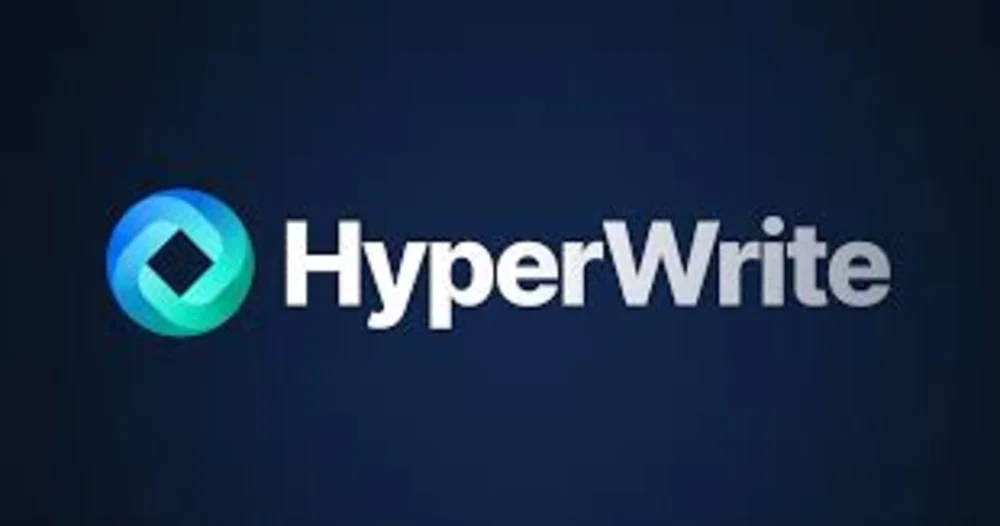In the world of artificial intelligence that seems to change by the minute, a new powerhouse has been born: HyperWrite’s Reflection 70B. Matt Shumer, who is the co-founder and chief executive of AI writing startup HyperWrite, describes it as an open-sourced large language model founded on an open-sourced Meta Llama 3.1-70B Instruct. It’s also introducing an advanced form of error self-correction. Capable of outperforming in third-party benchmarks, Reflection 70B is going to rewrite the definition of what is possible with open-source AI.
Reflection 70B: The New King of Open-Source AI
In a recent announcement on X, Shumer dubbed Reflection 70B “the world’s best open source AI model.” That confident boast is bolstered by heavy-duty testing on multiple benchmarks, including MMLU and HumanEval, where Reflection 70B continually bested Meta’s Llama series models. Results verified with LMSys’s LLM Decontaminator show that Reflection 70B often equals or exceeds the world’s best commercial models for accuracy and reliability.
Explore HyperWrite’s AI Innovations
But one of the real differentiators between Reflection 70B and many of its peers in the world of LLMs is the ability of Reflection 70B to actually find and correct its own mistakes. As Shumer explained, “LLMs are really powerful, but they also just kind of. hallucinate. They make mistakes, and they can’t self-correct. So we wanted to make something that had a little bit more intelligence to it.”. Reflection 70B is difference reflective in generated text output, correcting at an instance and making real-time edits as necessary.
Deep Dive into What Reflection 70B Can Do
Reflection 70B introduces a feature called reflection tuning, in which the model identifies mistakes in its reasoning and modifies them before giving a final response. This has proved very useful for high-precision tasks, as the model separates its reasoning in steps that can improve the overall accuracy of the results. In practice, this new ability would mean that users will be able to interact with models in far more structured ways, and during inference, the outputs of the model’s reasoning and error correction are shown under special tags.
Download Reflection 70B on Hugging Face
For those who would like to take the Reflection 70B for a test drive, there is a demo available through a playground website set up by HyperWrite; already, in fact, the popularity of this new model has so swamped the demo site with requests that Shumer’s team is racing to find additional GPU resources with which to meet the demand-a testament to the potential underlying the model and the excitement it generated within the AI community.
Looking Ahead: Reflection 405B and Beyond
Well, this is only the beginning. According to Shumer, an even more powerful model, the Reflection 405B, will start rolling out shortly. The performance of this new model will be unmatched, even by the very best of current closed-sourced models available on the market, extending to OpenAI’s GPT-4, which is currently the world’s leader. The landscape of AI may just go further out of balance against OpenAI with the introduction of Reflection 405B and other proprietary model providers such as Anthropic and Microsoft.
The Role of Glaive in the Success of Reflection 70B
The synthetic data came from Glaive, a startup developing use-case-specific datasets. It had a crucial role in the rapid growth and success of Reflection 70B. The small language models his platform founded by Dutch engineer Sahil Chaudhary train in hours with much affordability. The Reflection team was able to develop high-quality synthetic data in just hours using Glaive’s technology, significantly speeding up training.
Glaive trained five versions of Reflection 70B in just three weeks using its synthetic data. This custom-made dataset was crucial to the model’s results, allowing it to reach benchmarks that even the most advanced closed-sourced models have reached.
Learn More About Glaive’s AI Solutions
HyperWrite: Shooting Star in AI Industry
What used to be called Otherside AI, HyperWrite has managed to carve out a name for itself in the field of AI rather quickly. Founded by Matt Shumer and Jason Kuperberg in 2020, the company started off with a basic Chrome extension that allowed its users to craft emails from just bulleted points. Fast forward to now, and HyperWrite is a fully-fledged AI writing assistant capable of drafting essays, summarizing text, and organizing emails.
With over two million users as of late 2023, HyperWrite’s success has been recognized with a spot on Forbes’ annual “30 Under 30” list. The company has continued to innovate, introducing new AI-driven features such as turning web browsers into virtual butlers that can handle tasks ranging from booking flights to finding job candidates on LinkedIn.
Try HyperWrite’s AI Writing Assistant
Looking ahead, it’s still a commitment to accuracy and safety, with the investigated complicated automation tasks. The leading edges of commitments to exploring what AI will be able to do are reflected in the upcoming Reflection 405B release and the continuous refinement of the personal assistant tool in HyperWrite.
Conclusion: A New Era for Open-Source AI
The release of Reflection 70B is indeed a milestone for open-source AI. As AI proliferates and evolves further, models such as Reflection 70B may even push the envelope of what open-source can do in terms of unique capabilities around reasoning and error correction. And when even moreand more powerful models wait their turn, prospects for AI look promising, well, and competitive.
More News: Artificial Intelligence


